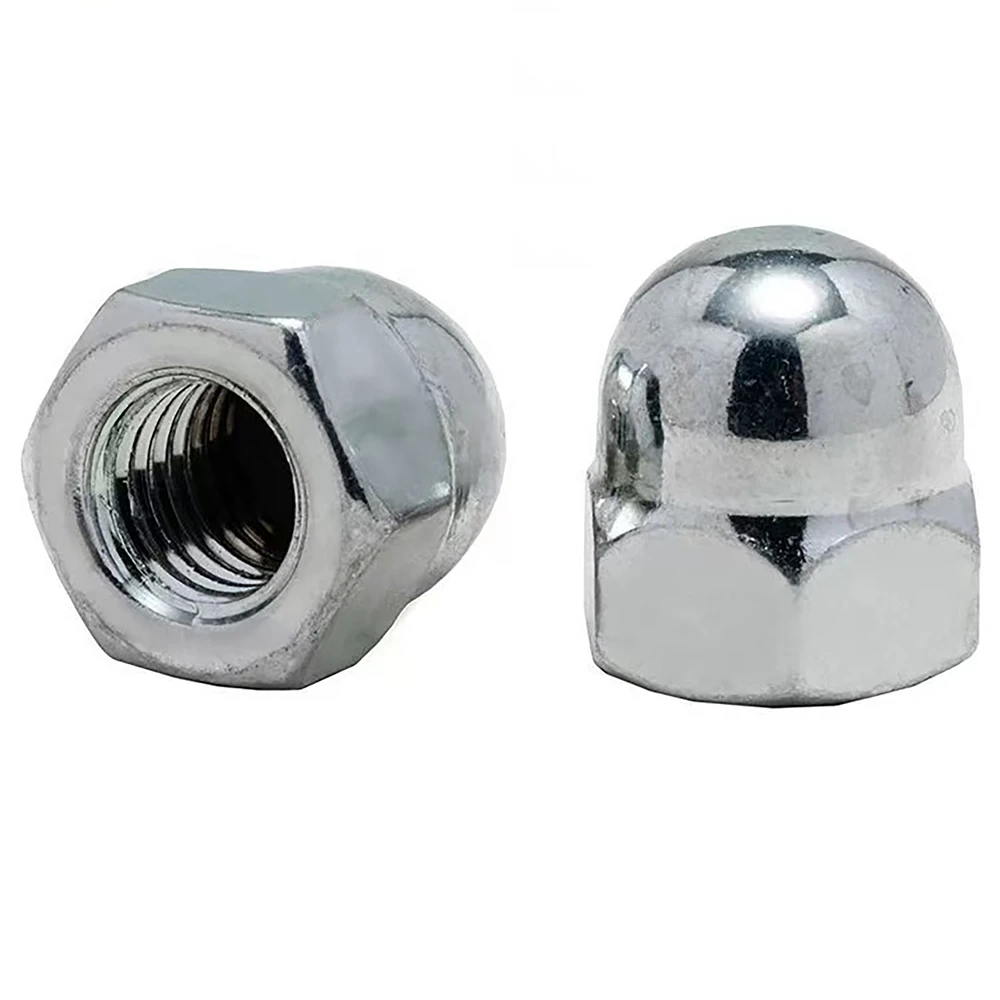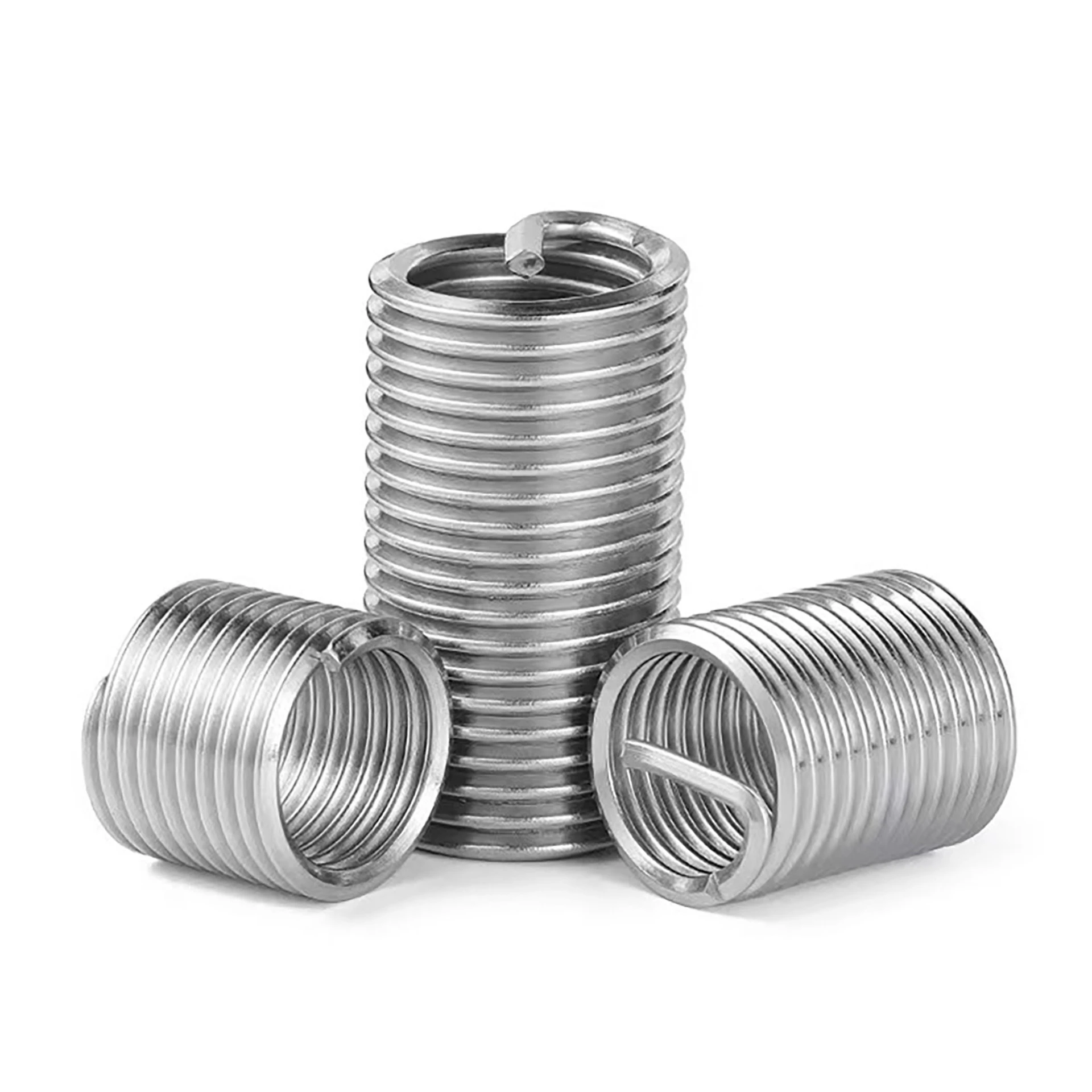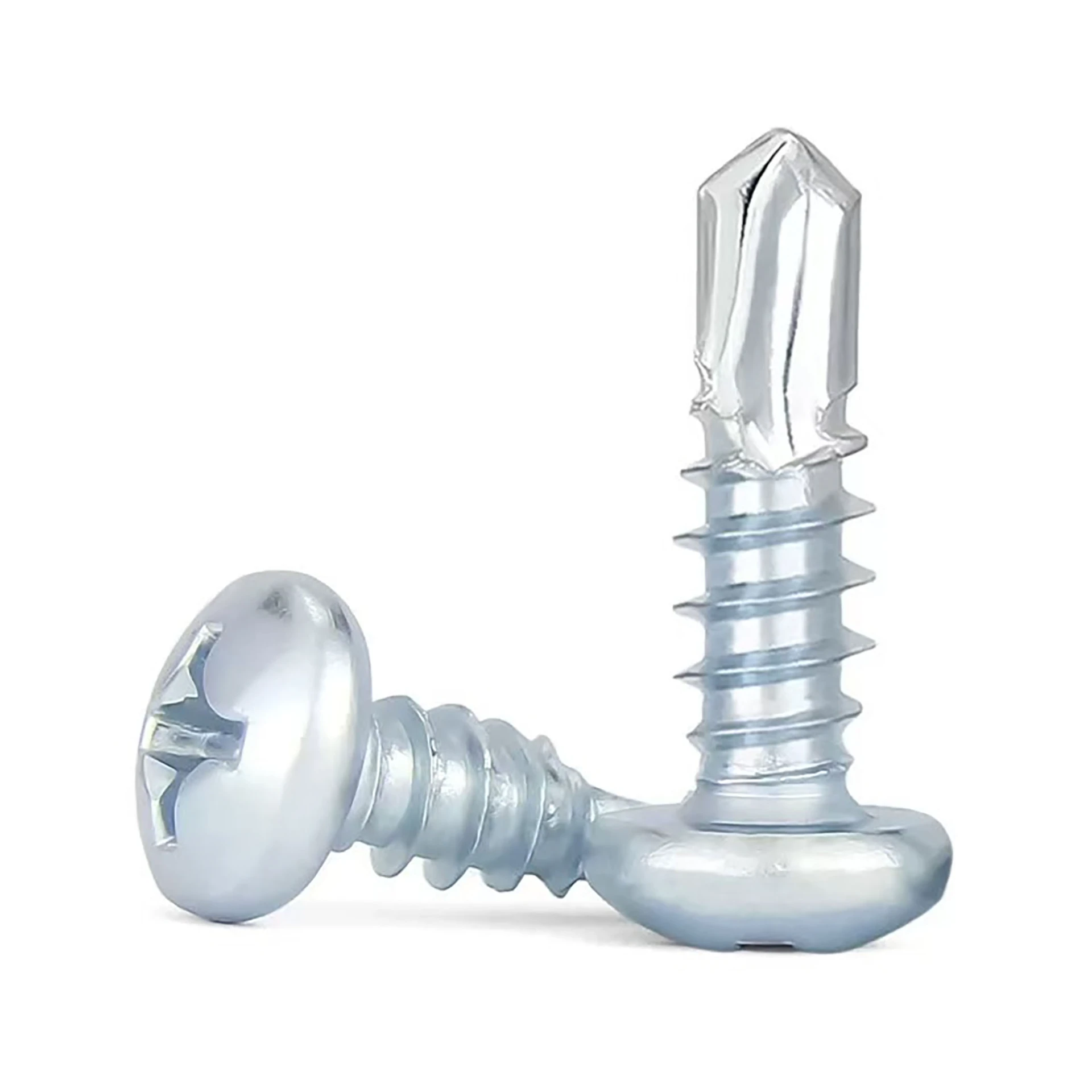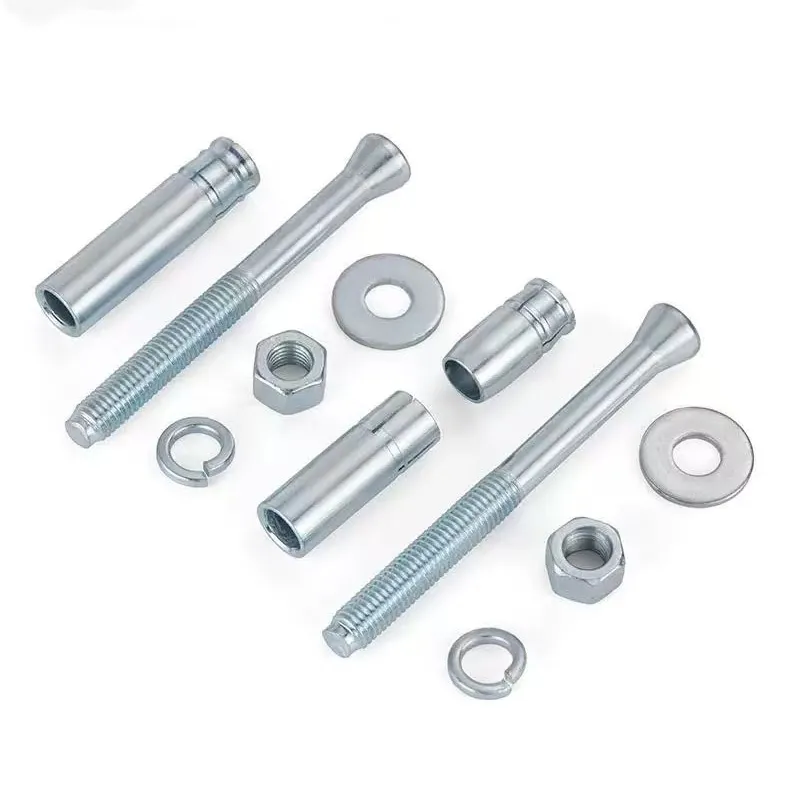Hex Socket Head: The Essential Fastener You Didn’t Know You Needed
What is a Hex Socket Head and Why Does It Matter Globally?
If you’ve ever fiddled with furniture, machinery, or even electronics, chances are you’ve encountered a hex socket head. It’s that small, seemingly humble fastener with a hexagonal recess in the screw’s head, designed for a matching Allen or hex wrench. But don’t let its modesty fool you—this simple component plays an outsized role in industries worldwide, guaranteeing stability, precision, and safety at every turn.
Why should you care? Well, in a world where manufacturing, construction, and even humanitarian projects depend on fast, reliable assembly, the design and quality of something as simple as a screw head make a huge difference. It’s about efficiency, durability, and scalability. Getting to know the hex socket head isn’t just a nuts-and-bolts story—it’s about how the small things make the big things work, better.
Global Context: Why Hex Socket Heads Are Essential Today
As the world leans more on modular manufacturing, renewable energy infrastructure, and even fast-deploy shelters in humanitarian crises, the importance of reliable and easy-to-use fastening solutions has skyrocketed. According to the International Organization for Standardization (ISO), over 90% of industrial assembly processes depend critically on standardized fasteners like hex socket heads.
And here’s the kicker: with supply chains stretched thin globally, any part that doesn’t perform reliably means downtime, extra costs, or worse—safety hazards. The hex socket head helps overcome these issues by offering a secure grip for tools, minimizing cam-out and damage during assembly or maintenance.
Defining Hex Socket Head: The Basics Explained
In essence, a hex socket head is a fastener head featuring an internal six-sided cavity. Popularly operated with an Allen key or hex wrench, it replaces more traditional slotted or Phillips heads, offering better torque transmission and reducing tool slippage.
These fasteners are ubiquitous from automotive assembly lines to electronics and furniture manufacturing. Their design allows both compact aesthetics and practical reliability—qualities that modern industries prize highly.
Core Components and Key Factors of Hex Socket Heads
1. Durability Through Material Choice
Hex socket heads are typically forged from steel alloys, stainless steel, or sometimes even titanium for high-performance uses. The material directly influences their resistance to corrosion and mechanical stresses. In marine environments or chemical plants, for example, stainless steel variants are a standard to prevent rust and ensure longevity.
2. Precision and Torque Capacity
The internal six-sided design isn’t arbitrary—it allows users to apply higher torque without stripping the head, which is a common bane with Phillips or slotted screws. This means assembly can be tighter and safer, with less risk of failure due to loosening.
3. Scalability in Size and Application
From tiny hex socket head screws holding together smartphone internals to massive bolts in industrial machinery, these fasteners come in a broad range of sizes. This scalability supports diverse industries, making them versatile tools for everything from delicate electronics to heavy infrastructure.
4. Cost Efficiency in Production and Maintenance
Given that hex socket heads require standard tools for fastening, training workers is inexpensive. The screw’s resistance to cam-out decreases the need for replacements or rework — an indirect but significant cost saving over time.
5. Compatibility With Automation
In factories moving towards Industry 4.0, hex socket heads are favored because robotic screwdrivers and automated assembly systems handle them reliably. The uniformity of the socket shape speeds up production lines and reduces errors.
Mini takeaway: The hex socket head isn’t just a fastener; it’s a blend of optimized materials, smart design, and adaptability that works across countless fields globally.
Where in the World Do Hex Socket Heads Shine?
You might not think about it while riding your bike, but many critical components rely on these fasteners. For instance:
- Europe and North America: Automotive and aerospace industries heavily use hex socket heads for safety-critical assembly.
- Asia: Electronics manufacturing hubs rely on tiny hex socket screws for compact and robust device assembly.
- Humanitarian Projects Worldwide: NGOs assembling fast deployment housing or medical equipment opt for hex socket heads due to their reliable torque and easy installation.
- Remote Industrial Zones: Mining and energy sectors in remote areas like Australia and Africa count on hex socket heads' durability amidst harsh conditions.
One interesting case: Following the 2015 Nepal earthquake, relief organizations noted that using modular shelter kits with hex socket fasteners sped up assembly drastically, getting vulnerable families under roofs quicker than ever.
Hex Socket Head Product Specifications
| Specification | Description |
|---|---|
| Material | Alloy steel, Stainless steel, Titanium (special orders) |
| Head Type | Hexagonal recessed (Allen socket) |
| Sizes | M1.6 to M24 (metric), #0 to 1-inch (imperial) |
| Standards Compliance | ISO 4762, DIN 912, ASTM F835 |
| Finish Options | Zinc plating, Black oxide, Bright chrome, Passivation |
| Typical Application Torque | 2 Nm (small sizes) up to 300 Nm (large industrial) |
Comparing Leading Hex Socket Head Vendors
| Vendor | Material Range | Customization | Global Reach | Lead Time |
|---|---|---|---|---|
| FastenBoen Inc. | Steel alloys, Stainless steel, Titanium | High (sizes, finishes, special grades) | Asia, Europe, Americas | 2-4 weeks |
| SecureThread LLC | Primarily steel, limited titanium | Medium (standard sizes only) | North America, Europe | 1-3 weeks |
| HexLock Global | Steel, stainless steel | Low (few options) | Global | 3-5 weeks |
Advantages and Long-Term Value of Hex Socket Heads
Frankly, it feels like the reliability of hex socket heads comes down to three buckets: safety, cost, and trust. They secure joints without the frustrating slippage that wastes time and resources. Over the long term, using them means fewer maintenance headaches, fewer product recalls, and a better reputation for durability.
Beyond simple economics, these fasteners also promote user safety. When tools grip better, the assembly process is smoother, ergonomically easier, and incidents of stripped heads (which can cause injury) plummet.
On a more human note, the fact that these parts support humanitarian infrastructure projects means the hex socket head has a subtle social impact, restoring dignity and safety where it’s most needed.
Emerging Innovations in Hex Socket Head Technology
The future? Well, it’s quite exciting. Engineers are increasingly exploring lightweight composites and coatings that withstand even harsher environments—think saltwater, extreme heat, or chemical exposure. Digital transformation means sensors embedded in fasteners are on the horizon too. Imagine a hex socket head that alerts tech teams if it loosens beyond a safe threshold.
Sustainability is also making waves. Manufacturers are chasing greener production methods and recyclable materials, aiming to reduce carbon footprints without compromising strength or precision.
Common Challenges and How to Overcome Them
I have to admit, no solution is perfect. Sometimes, hex socket heads can get clogged with debris, especially onsite in dusty or outdoor environments, making tool engagement tricky. Others complain about the initial cost of higher-grade materials like titanium, which can be prohibitive for small projects.
But creative fixes abound: simple cleaning procedures, protective coatings, or partnering with vendors offering economical custom runs make these obstacles manageable.
FAQ: Frequently Asked Questions About Hex Socket Heads
Q: What makes hex socket heads better than traditional slotted screws?
A: The hex socket head offers superior torque transmission and reduces slippage during installation. This means faster assembly, reduced damage to the fastener, and a more secure joint overall.
Q: How do I choose the right size hex socket head for my project?
A: Consider the load your assembly must bear, the type of materials being fastened, and the torque rating provided by manufacturers. Usually, project specs or engineering guides will recommend sizes aligned with ISO or DIN standards.
Q: Are hex socket heads reusable, or should they be replaced after disassembly?
A: Most hex socket heads can be reused if they show no signs of wear or damage, but it’s best practice to inspect thoroughly. Any stripped recess or deformed thread means replacement is safer.
Q: Can hex socket heads be used in automated assembly lines?
A: Absolutely. Their standardized shape makes them ideal for robotic tools, improving speed and precision in modern manufacturing environments.
Q: Are hex socket heads environmentally friendly?
A: Many manufacturers now produce them using recyclable materials and eco-conscious processes, though it depends on the vendor. Opting for stainless steel with passivation finishes can improve lifespan and reduce waste.
Wrapping Up: Why You Should Care About the Hex Socket Head
So, after a bit of diving in, what stands out is that this fastener—often overlooked—is a critical cog in many machines, buildings, and even humanitarian efforts worldwide. Investing in quality hex socket head fasteners means choosing safety, efficiency, and future-ready technology. If you want to explore more or get custom solutions, head over to FastenBoen’s site and see what’s on offer.
Practical takeaway: Next time you pick up that Allen wrench, think of how the unassuming hex socket head quietly powers the world’s most complex projects—and perhaps your own, too.
References
1. ISO. (2023). Fasteners — Product standards. https://www.iso.org
2. United Nations. (2020). Infrastructure Development and Sustainable Growth. https://www.un.org
3. Wikipedia. (2024). Hex Socket Head Cap Screw. https://en.wikipedia.org/wiki/Hex_socket_head_cap_screw
Who We Are: The Right Fastener Partner for Global SMEs
Handan Boen Fastener Manufacturing Co., Ltd. (Est. 2010) specializes in producing standardized industrial fasteners, including bolts, nuts, washers, and other essential components. We provide cost-effective for small and medium-sized buyers in industries such as automotive parts, agricultural machinery, and construction.













